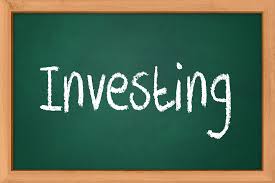Whether you are a first time investor or are looking to build your portfolio we can help.

Many home-owners are in the position of having significant equity in their family home that they could potentially leverage for property investments.
Here’s an example.
John and Elizabeth bough their family home 10 years ago and currently have a loan of $300,000. They have looked at sales of comparable homes and believe the value of their property is $700,000. They could borrow up to 80% of the value of their property without involving lenders mortgage insurance – this means they have $260,000 equity that they could access. After consulting with a financial-planner they have decided to purchase an investment property.
They are considering purchasing an investment property for $500,000. Costs would be $30,000 and this means they would need a contribution of $130,000 to end up with a $400,000 loan and an 80% loan to value ratio. They do not have cash available for the contribution needed.
There are a couple of ways of structuring a new loan that have important implications that can be overlooked.
Cross-collateralisation
One way is simply to approach your current lender. Their response may well be “yes, we can lend you 100% of the purchase price plus costs”. The catch with this is that the new loan will be secured against both the new investment property and the family home. This is called cross-collateralisation and unfortunately sometimes the only way that borrowers realise this is by looking at the fine print in the loan documents.
Now, cross-collateralisation might be right for some situations as long as you understand the implications and alternatives. The implications are that the lender has control over both properties and this can make the process of selling one property complicated and costly.
Stand-alone
There is an alternative option to consider. You can take an additional loan of $130,000 secured against the family home to use as your contribution. The purpose of this loan will be for investment, with interest and costs clearly differentiated from your owner-occupied loan for tax purposes. You then take an additional loan of $400,000 for the new investment property.
This approach means that each loan is only secured against one property giving you flexibility. You can also use separate lenders if that is optimal – or refinance to another lender with separate loans if that can get you the best deal.
Property investor guide
Our free, downloadable guide explains the costs and steps associated with the purchase of an investment property, positive/negative gearing as well as pros and cons of houses vs. units.
Click below for:


